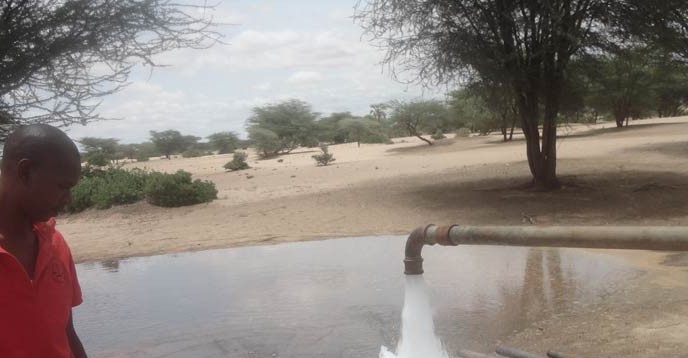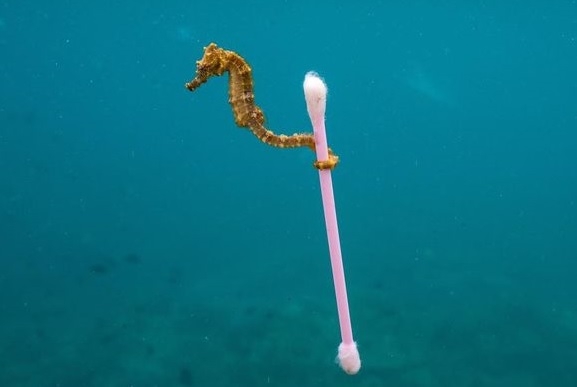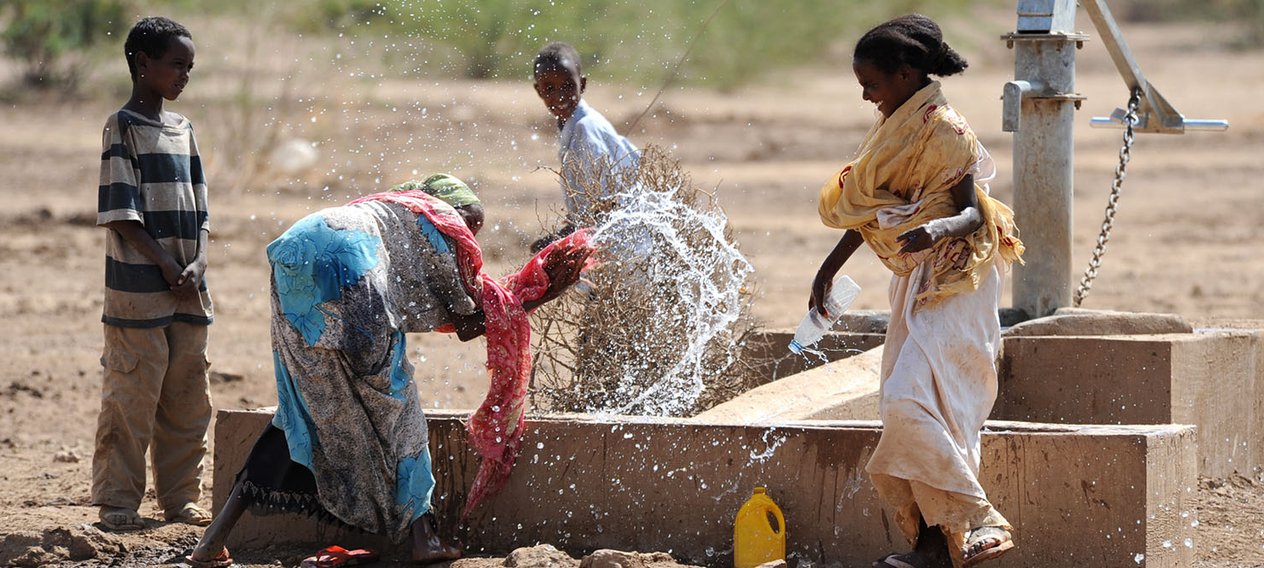In Venezuela, Heliamphora nutans a type of carnivorous pitcher plant that grows in swampy locales beckons ants with a water slide of doom. The specie’s specially adapted, wettable hairs counter the sticky pads and little claws on insect feet and especially seem to target ants, Wired reports.
Compared to other carnivorous plants that have capture rates of about 29 percent for ants, researchers found, the wet hairs on this pitcher plant trap 88 percent of ants that encounter the deadly trap. While other plants tend to repel water, H. nutans‘ hairs actually attract tiny droplets. When ants venture onto the slippery surface, they aquaplane into the plant’s bowl. Read more












